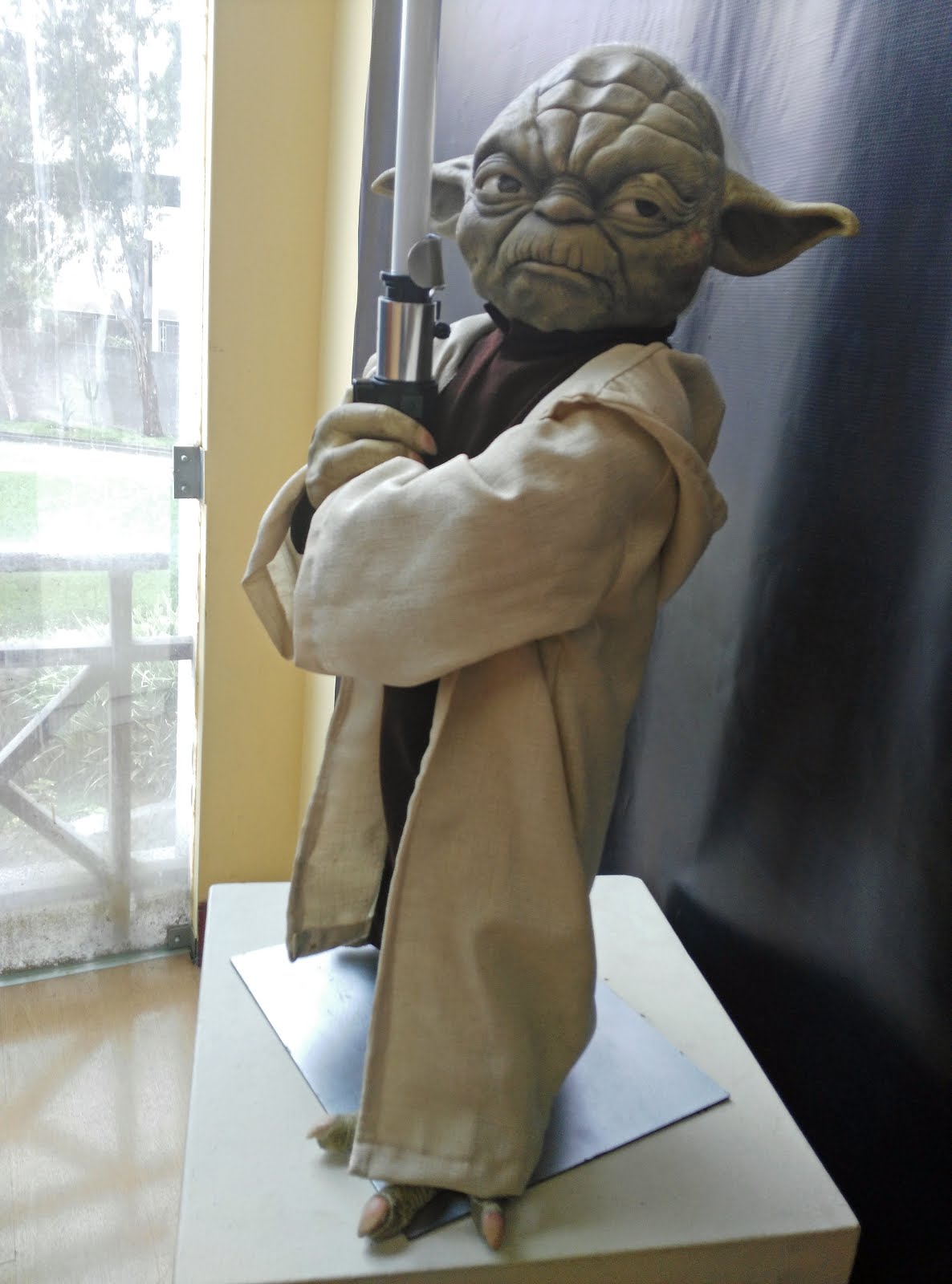Driving at Night Traffic death rates are three times greater at night than during the day, according to the National Safety Council. Yet many of us are unaware of night driving's special hazards or don't know effective ways to deal with them.
Why is night driving so dangerous? One obvious answer is darkness. Ninety percent of a driver's reaction depends on vision, and vision is severely limited at night. Depth perception, color recognition, and peripheral vision are compromised after sundown.
Older drivers have even greater difficulties seeing at night. A 50-year-old driver may need twice as much light to see as well as a 30-year old.
Another factor adding danger to night driving is fatigue. Drowsiness makes driving more difficult by dulling concentration and slowing reaction time.
Alcohol is a leading factor in fatal traffic crashes, playing a part in about half of all motor vehicle-related deaths. That makes weekend nights more dangerous. More fatal crashes take place on weekend nights than at any other time in the week.
Fortunately, you can take several effective measures to minimize these after-dark dangers by preparing your car and following special guidelines while you drive.
The National Safety Council recommends these steps:
Prepare your car for night driving. Keep headlights, tail lights, signal lights and windows (inside and out) clean.
Have your headlights properly aimed. Mis-aimed headlights blind other drivers and reduce your ability to see the road.
Don't drink and drive. Not only does alcohol severely impair your driving ability, it also acts as a depressant. Just one drink can induce fatigue.
Avoid smoking when you drive. Smoke's nicotine and carbon monoxide hamper night vision.
If there is any doubt, turn your headlights on. Lights will not help you see better in early twilight, but they'll make it easier for other drivers to see you. Being seen is as important as seeing.
Reduce your speed and increase your following distances. It is more difficult to judge other vehicle's speeds and distances at night.
Don't overdrive your headlights. You should be able to stop inside the illuminated area. If you're not, you are creating a blind crash area in front of your vehicle.
When following another vehicle, keep your headlights on low beams so you don't blind the driver ahead of you.
If an oncoming vehicle doesn't lower beams from high to low, avoid glare by watching the right edge of the road and using it as a steering guide.
Make frequent stops for light snacks and exercise. If you're too tired to drive, stop and get rest.
If you have car trouble, pull off the road as far as possible. Warn approaching traffic at once by setting up reflecting triangles near your vehicle and 300 feet behind it. Turn on flashers and the dome light. Stay off the roadway and get passengers away from the area.
Observe night driving safety as soon as the sun goes down. Twilight is one of the most difficult times to drive, because your eyes are constantly changing to adapt to the growing darkness.
Reprinted with permission from the National Safety Council
Courtesy of The Weather Channel
http://www.weather.com/


